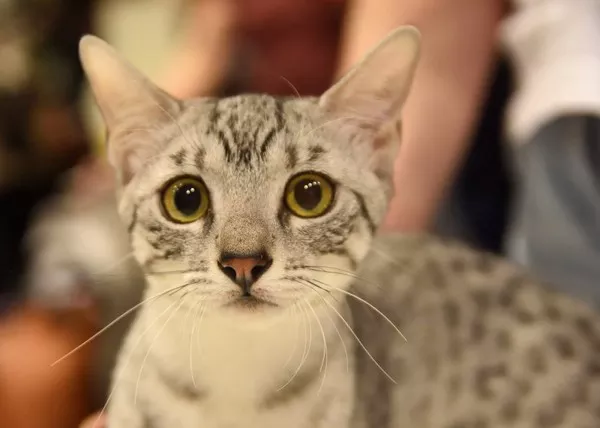The bond between cats and children is a heartwarming connection that brings joy and companionship to both parties involved. When nurtured in the right way, this relationship can have lasting positive effects on a child’s emotional development, empathy, and sense of responsibility. In this article, we delve into the benefits of the cat-child bond and offer insights on how to create a harmonious and loving connection between them.
The Benefits of Cats and Children Bonding
1. Emotional Development:
Interacting with a cat helps children develop emotional intelligence. They learn to read nonverbal cues, interpret emotions, and respond with kindness and empathy. These skills are vital for building healthy relationships later in life.
2. Companionship and Comfort:
Cats provide companionship and a sense of comfort to children. The simple act of petting a cat can release endorphins, reducing stress and anxiety. Having a cat as a friend can be especially reassuring during times of change or upheaval.
3. Responsibility and Care:
Caring for a cat teaches children responsibility and time management. Feeding, grooming, and ensuring the cat’s well-being instill a sense of accountability that can translate to other areas of their lives.
4. Connection and Communication:
Cats communicate in subtle ways, and learning to understand these cues encourages children to be attentive listeners. This connection, built on trust and mutual understanding, deepens the bond between the child and the cat.
Fostering a Positive Bond
1. Teach Respect and Boundaries:
It’s crucial to teach children how to interact with cats respectfully. Show them how to approach a cat calmly, allowing the cat to come to them first. Emphasize the importance of gentle petting and avoiding rough handling.
2. Supervise Interactions:
Always supervise interactions between young children and cats, especially during the initial stages of their relationship. This ensures that both the child and the cat feel safe and comfortable.
3. Encourage Playtime:
Interactive play sessions benefit both the cat and the child. Engage in activities that stimulate the cat’s natural instincts, such as feather toys, laser pointers, and interactive puzzles. This creates positive associations between the child and playtime.
4. Involve Children in Care:
Involve children in age-appropriate caregiving tasks, such as feeding, grooming, and cleaning the litter box. Assigning responsibilities fosters a sense of ownership and accountability while deepening their connection with the cat.
5. Create a Safe Space:
Provide your cat with a designated safe space where they can retreat if they feel overwhelmed. Teach children to respect the cat’s need for alone time and quiet.
6. Model Kindness and Empathy:
Be a role model by demonstrating kindness, empathy, and gentle treatment toward the cat. Children often learn by observing, so your behavior sets a positive example.
7. Positive Reinforcement:
Encourage positive behaviors from both the cat and the child by using praise and rewards. When your child shows care and consideration for the cat, acknowledge their efforts and express how proud you are of their behavior.
Building a Lasting Connection
The relationship between cats and children is built over time through shared experiences, understanding, and patience. By fostering a positive bond, you’re not only creating cherished memories but also imparting valuable life lessons. A child who grows up with a cat learns the importance of empathy, responsibility, and compassion – qualities that shape their character for years to come.
As a parent, guardian, or caregiver, your role is to guide and facilitate this beautiful relationship. With your support, your child and their feline friend can build a connection that enriches both of their lives and creates a lasting source of comfort and companionship.

























